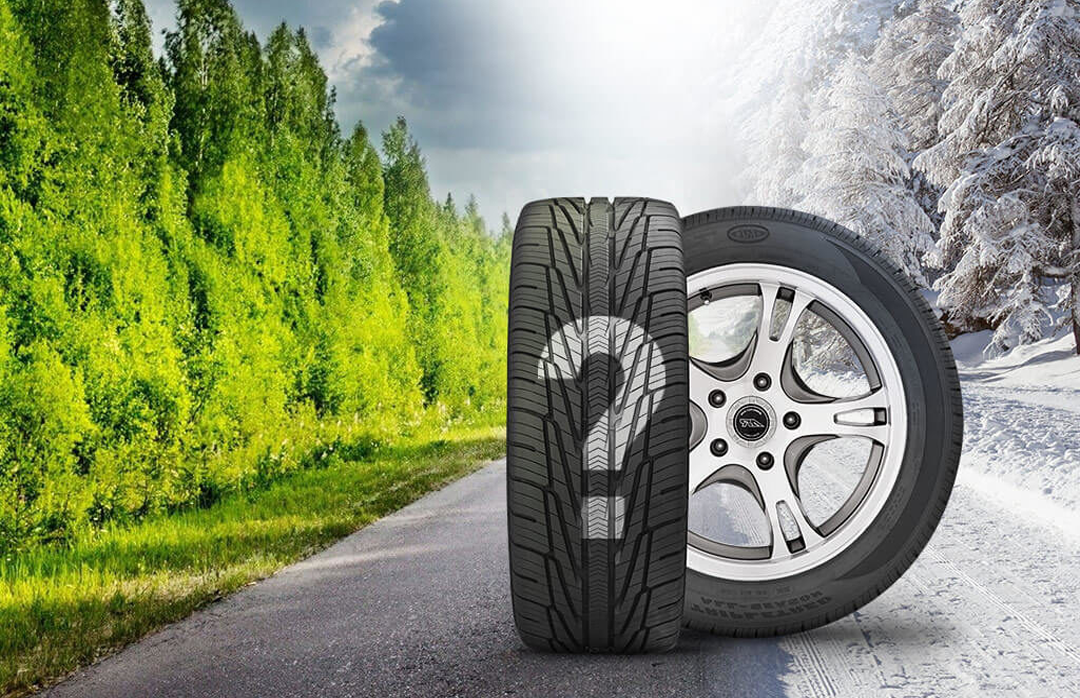How to choose the right rims and tires?
Rims and tires are one of the most important elements of a modern car, providing not only driving comfort, but also safety. Therefore, the choice of tires and rims must be taken seriously. To make this task easier for you, we have put together all the rules and nuances associated with the selection of rims and tires, as well as the subtleties of their various combinations. Let's start with the simplest. When planning to buy new rims and tires, be sure to check your car manual, in which manufacturers, as a rule, indicate the necessary information about the permissible sizes of rims and tires.
It is categorically not recommended to deviate from the factory recommendations, especially for novice drivers, since rims and tires that do not correspond to the correct dimensions, at least, can lead to faster wear of the suspension and, as a maximum, can provoke a sharp deterioration in the driving performance of the car, which fraught with increased fuel consumption, reduced handling and even a road accident. Before choosing rims and tires, you need to understand their markings. Rims are usually marked like "R13 4 Ч 98 ET35 J5 D58.6". R13 is the rim diameter in inches, 4 Ч 98 is the number of mounting holes and the diameter of their centers in millimeters, ET35 is the tire offset or distance from the plane of symmetry of the rim to the plane of the rim mounting (mm), J5 is the rim width in inches, and D58.6 is the diameter of the center hub hole.
In turn, the tires have the main marking of the type "235/70 R16 105H". R16 is the rim diameter for which the rubber is intended, 235 is the tire (profile) width in millimeters, 70 is the percentage of the tire width and the height of its profile (series), and 105H is the indices of permissible load and speed.
